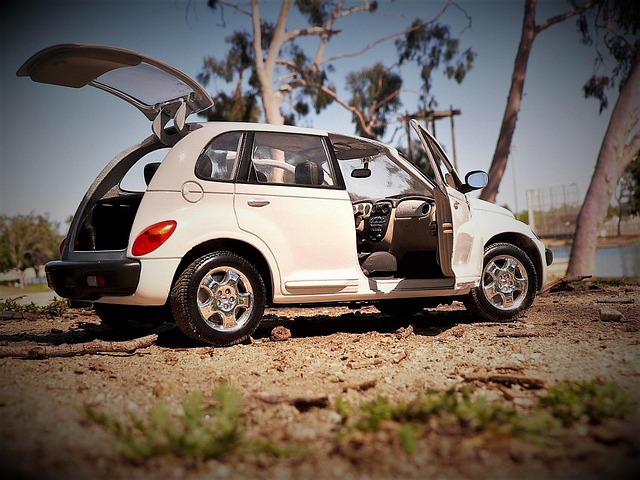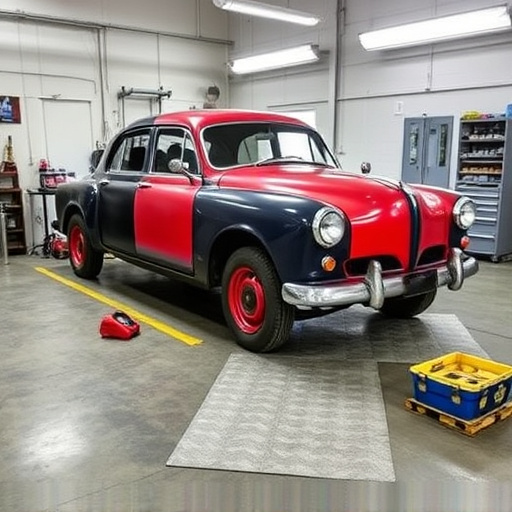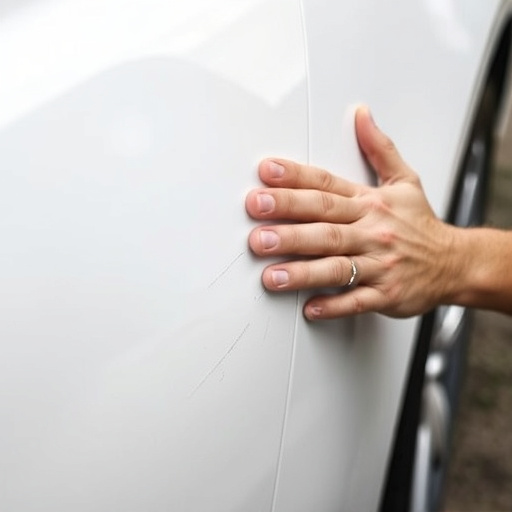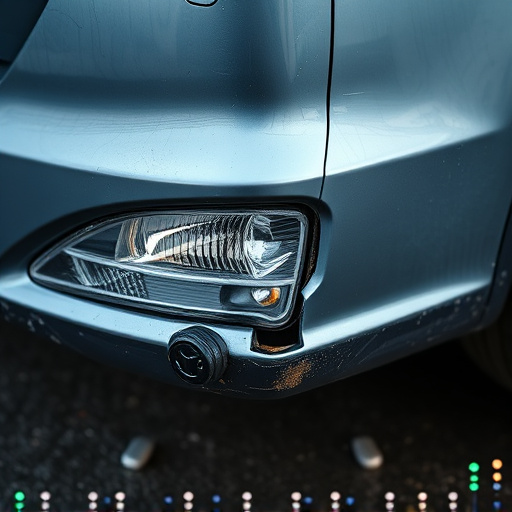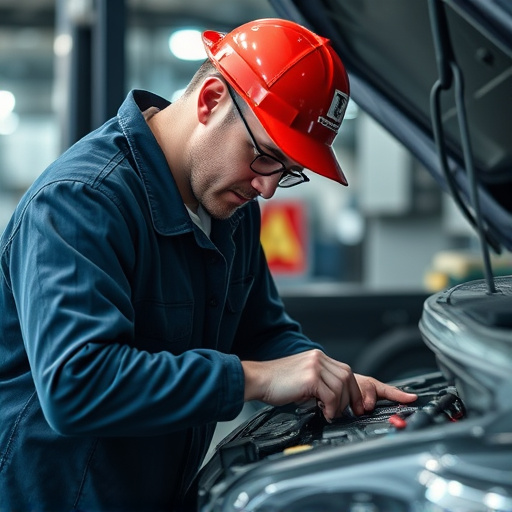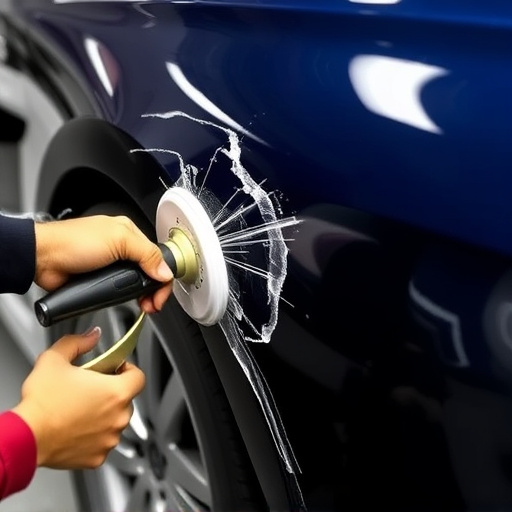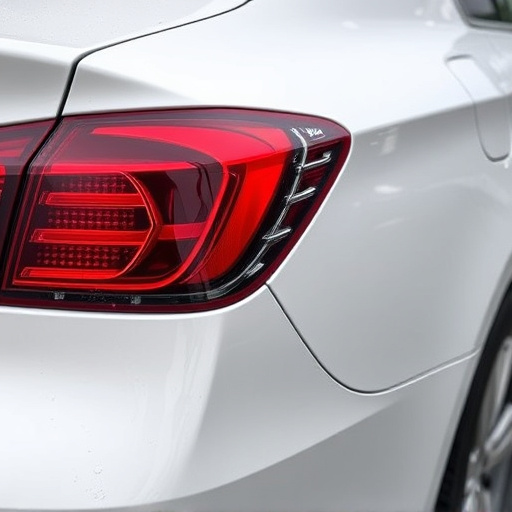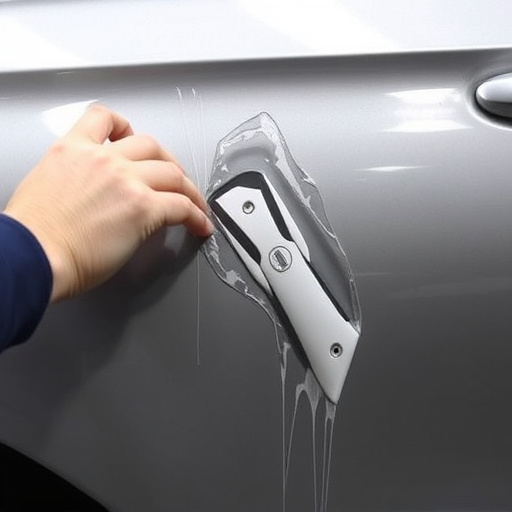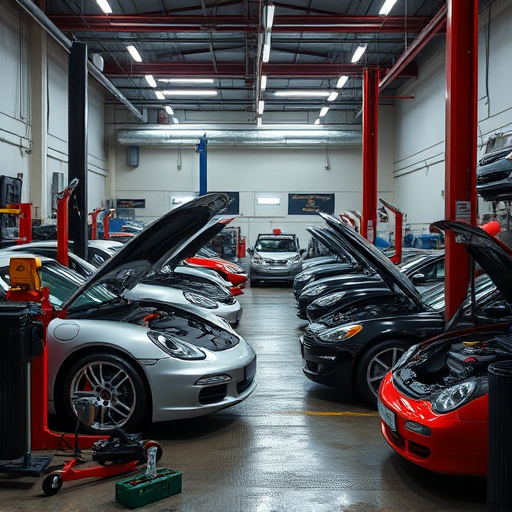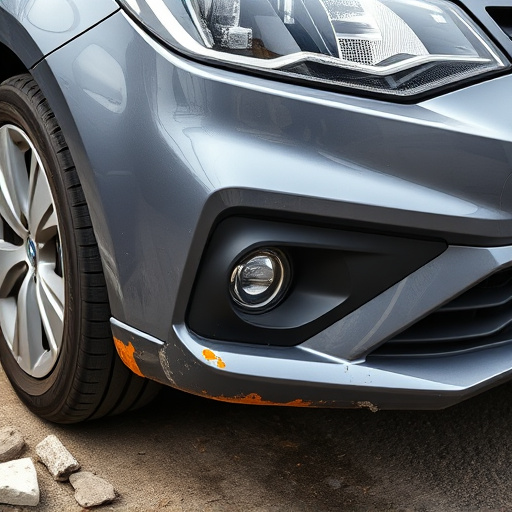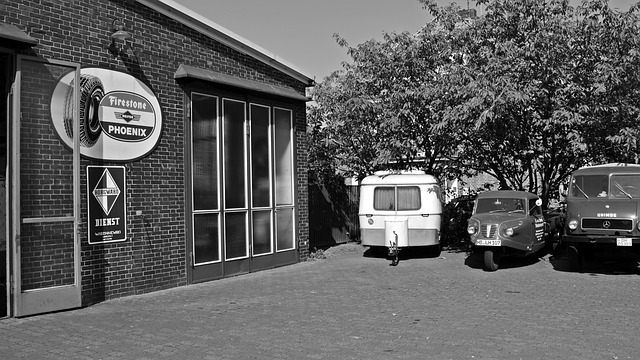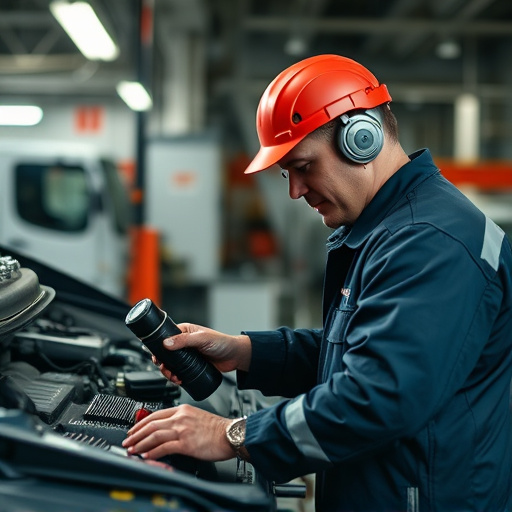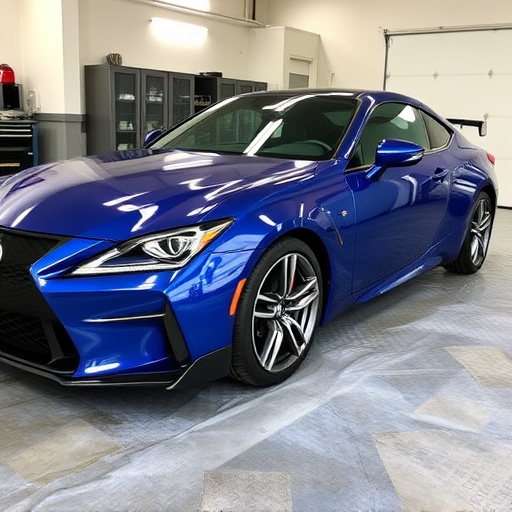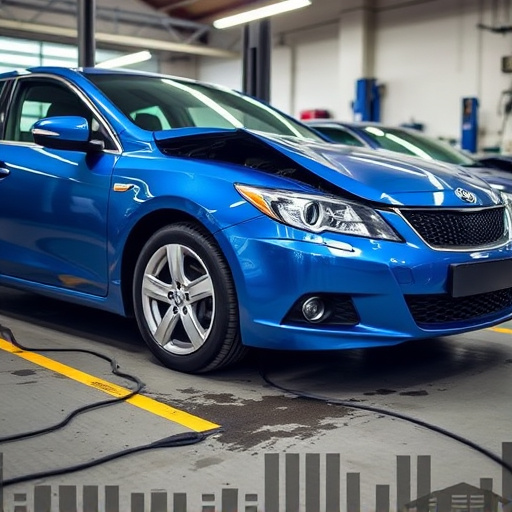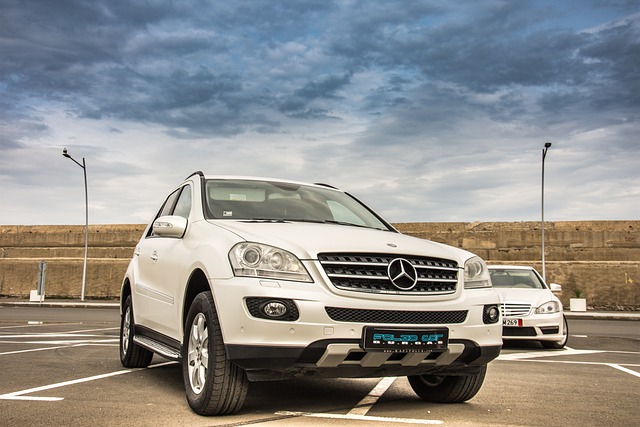ADAS recalibration glass enhances blind spot detection systems in vehicles, improving road safety by providing real-time data feedback for precise sensor calibration. Regular recalibration with this specialized glass is vital to maintain ADAS effectiveness, prevent false readings, and minimize collision risk, ultimately saving on automotive repair costs and ensuring safer driving experiences.
“Advanced Driver Assistance Systems (ADAS) are transforming road safety, with blind spot technology playing a pivotal role. At the heart of this innovation lies ADAS recalibration glass—a game-changer for autonomous driving. This technology ensures precise detection and mitigation of blind spots, enhancing vehicle stability and reducing accidents.
In this article, we explore the intricacies of ADAS recalibration glass, its benefits for blind spot tech, and why regular calibration is essential for optimal safety and performance.”
- Understanding ADAS Recalibration Glass Technology
- How Blind Spot Tech Benefits from Recalibration Glass
- Ensuring Safety and Accuracy through Regular Calibration
Understanding ADAS Recalibration Glass Technology
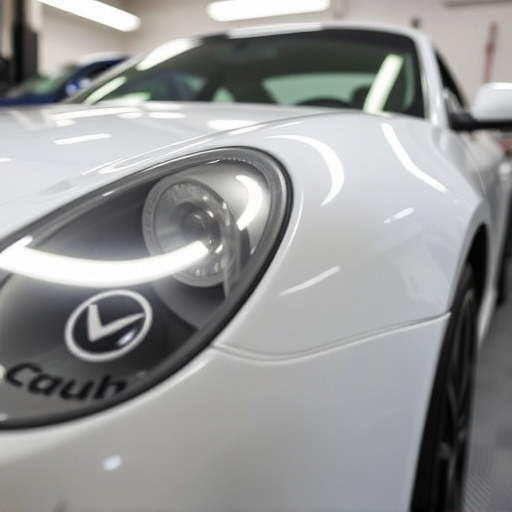
ADAS recalibration glass is a cutting-edge technology designed to enhance blind spot detection systems in modern vehicles. This specialized glass plays a pivotal role in improving road safety by ensuring that advanced driver-assistance systems (ADAS) function optimally. When a vehicle’s blind spots are equipped with this technology, it allows for real-time data feedback, enabling the system to recalibrate and adjust its algorithms accordingly.
The glass itself is engineered with unique properties that facilitate precise calibration. It can detect and transmit information about surrounding objects, helping the ADAS system accurately identify potential hazards in blind spots. This is particularly beneficial during lane changes or parking maneuvers, where blind spot technology plays a crucial role in preventing accidents. By offering enhanced visibility and accurate sensor readings, ADAS recalibration glass contributes to the overall efficiency of vehicle body shops and repair services, ensuring safer driving experiences for all road users.
How Blind Spot Tech Benefits from Recalibration Glass
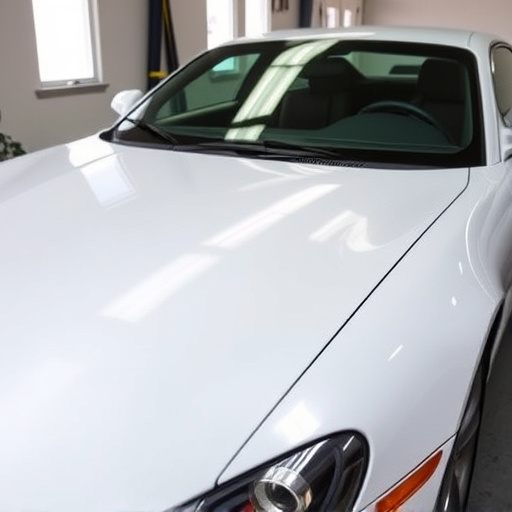
Blind Spot Tech relies on Advanced Driver-Assistance Systems (ADAS) to provide drivers with a wider field of vision and early warnings about potential hazards in their blind spots. However, for optimal performance, these systems need regular recalibration, especially after certain events or when they show signs of drift. This is where ADAS Recalibration Glass plays a pivotal role. By offering precise adjustments and corrections, the glass helps to realign the sensors and cameras that power Blind Spot Tech, ensuring its accuracy and reliability.
Regularly maintaining and recalibrating these systems through ADAS Recalibration Glass is crucial for safety. It prevents false readings or missed detection zones, enhancing the overall effectiveness of the Blind Spot Tech. Moreover, it’s a service that many auto repair shops near you can provide, alongside expert car body restoration and bodywork repairs, to keep your vehicle’s safety features operating at peak efficiency.
Ensuring Safety and Accuracy through Regular Calibration
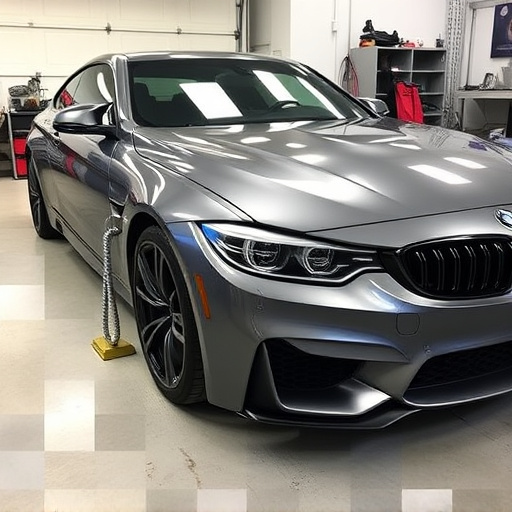
Regular calibration is paramount for ensuring the safety and effectiveness of Advanced Driver-Assistance Systems (ADAS) technology, particularly in features like blind spot monitoring. Over time, sensors can become less accurate due to factors such as dirt, debris, or changes in environmental conditions. This is where ADAS recalibration glass comes into play. By using specialized glass designed for precise calibration, auto repair technicians can finely tune the sensors’ performance, minimizing false readings and maximizing detection accuracy.
A well-calibrated system significantly reduces the risk of accidents by providing drivers with reliable information about their surroundings. For example, when changing lanes, accurate blind spot tech can alert drivers to potential collisions with vehicles they might not otherwise see. Regular calibration, often recommended every 6 months or 10,000 miles, is crucial in maintaining these safety features, ensuring that your vehicle’s ADAS remains as effective and dependable as the day it was installed—all without needing a lengthy visit to a dealership or waiting for an auto repair near me. Moreover, proper calibration can also prevent unnecessary damage from rear-end collisions caused by false alerts, making it a smart investment in both safety and automotive repair costs.
ADAS recalibration glass is a crucial innovation in automotive technology, enhancing safety features like blind spot detection. By understanding its role and implementing regular calibration, drivers can ensure these advanced systems function optimally. This technology underscores the commitment to creating safer, more accurate driving experiences, particularly in today’s busy road environments. Incorporating ADAS recalibration glass is a game-changer for blind spot technology, fostering enhanced vehicle awareness and promoting secure driving practices.
